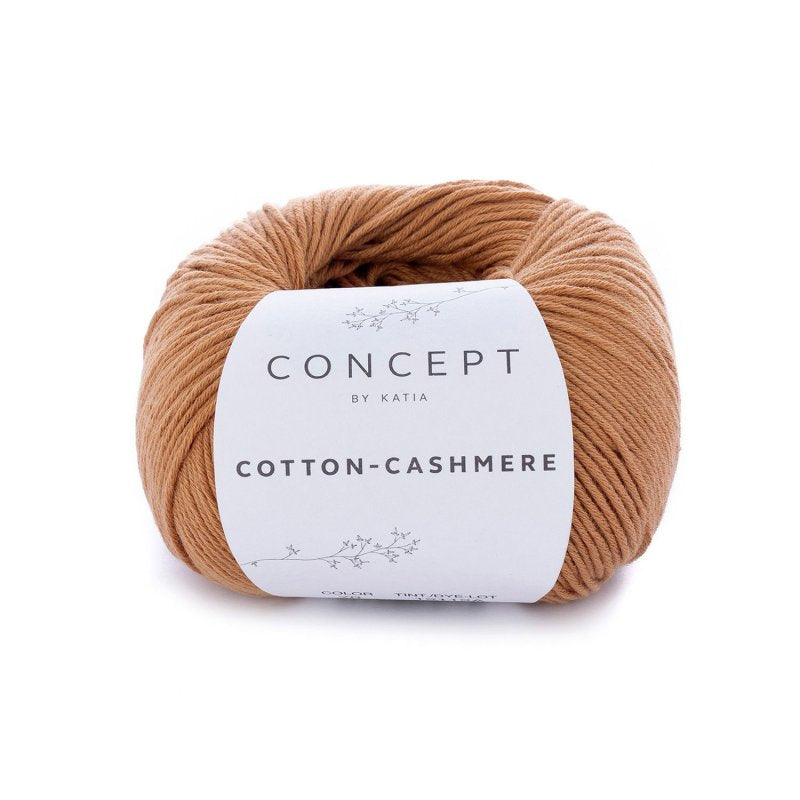The Exciting Process Behind Producing cashmere Fibre and Its Uses
The Exciting Process Behind Producing cashmere Fibre and Its Uses
Blog Article
Understanding the Various Kinds of Cashmere a Natural Fiber and Their One-of-a-kind Advantages

The Origins of Cashmere: A Historic Summary
While the luxurious touch of cashmere continues to beauty modern-day customers, its origins trace back to the severe, cold climates of Mongolia and the Mountain ranges. For centuries, the aboriginal peoples of these areas have been raising Capra Hircus goats, the prime source of cashmere woollen. These goats, resistant against the severe winter seasons, expanded a fine undercoat to survive, which later on became understood as cashmere.

The Manufacturing Process: From Goat to Garment
Shearing a Capra Hircus goat marks the inception of the detailed cashmere manufacturing process. This delicate procedure typically occurs yearly during springtime. The penalty, soft undercoat is then separated from the coarser external hair, a procedure called dehairing. The resultant raw cashmere is after that cleaned to remove contaminations such as dirt, veggie, and grease matter.
The tidy fiber goes through dyeing, spinning, and weaving, or knitting, to transform it into a textile. Complicated procedures like quality assurance checks and finishing processes follow, making sure completion product keeps the lavish requirement anticipated of cashmere. This painstaking process, from goat to garment, justifies the high price connected to cashmere products, making them a sign of high-end and improvement.
The Numerous Kinds Of Cashmere: An In-depth Analysis

The Special Advantages of Cashmere: Comfort and Sustainability
Moving from the variety of cashmere types to the benefits they offer, comfort and sustainability stand out plainly. Cashmere, an all-natural fiber, is renowned for its unrivaled softness, providing a level of convenience that artificial fibers can not match.
When it pertains to sustainability, cashmere is renewable and eco-friendly, as it's collected from cashmere goats that regrow their layers every year. what is cashmere. Unlike synthetic fibers which can take hundreds of years to decompose, cashmere's influence on the setting is very little. This combination of comfort and sustainability makes cashmere an advantageous choice for aware customers

Taking Care Of Your Cashmere: Maintenance and Conservation Tips
While cashmere is undoubtedly a lasting and glamorous option, it calls for certain care to preserve its quality and expand its life-span. To start, cashmere must be hand washed utilizing chilly water and a light detergent. Cashmere things should be stored in a dry and amazing area, away from direct sunlight and moisture.
Spending in Cashmere: Recognizing Its Worth and Well Worth
Although cashmere might initially seem like an expensive financial investment, its lasting worth and worth come to be noticeable when you consider its amazing qualities. Understood for its look these up unrivaled soft qualities and heat, cashmere is a costs all-natural fiber that outmatches other materials. Its high need and minimal supply add to its high rate, however its toughness ensures it lasts for several years, using exceptional value for money. Cashmere items are classic, usually ending up being treasures passed down through generations. what is cashmere. Its natural insulating buildings supply warmth without the mass of synthetic fibers. Buying cashmere, consequently, is not practically present fashion fads, however about welcoming a sustainable, long-lasting, and lavish lifestyle. anonymous
Final Thought
In recap, the kind of cashmere one chooses, be it Mongolian, Chinese, or Italian, is dictated by private preferences for warmth, sustainability, high-end, and budget plan. Comprehending the origins, production process, and distinct benefits of different types of cashmere can lead a knockout post customers in their financial investment in this elegant natural fiber.
Whether it's the extraordinary warmth of Mongolian cashmere, the affordability of Chinese cashmere, or the eco-conscious production of Italian cashmere, there's a tale to be found behind each fiber type. Cashmere, an all-natural fiber, is renowned for its unequaled soft qualities, giving a degree of comfort that synthetic fibers can't match.When it comes to sustainability, cashmere is biodegradable and renewable, as it's gathered from cashmere goats who regrow their layers yearly. Known for its unparalleled soft qualities and warmth, cashmere is a costs all-natural fiber that outshines other products. Comprehending the beginnings, production procedure, and special benefits of different kinds of cashmere can assist consumers in their investment in this luxurious all-natural fiber.
Report this page